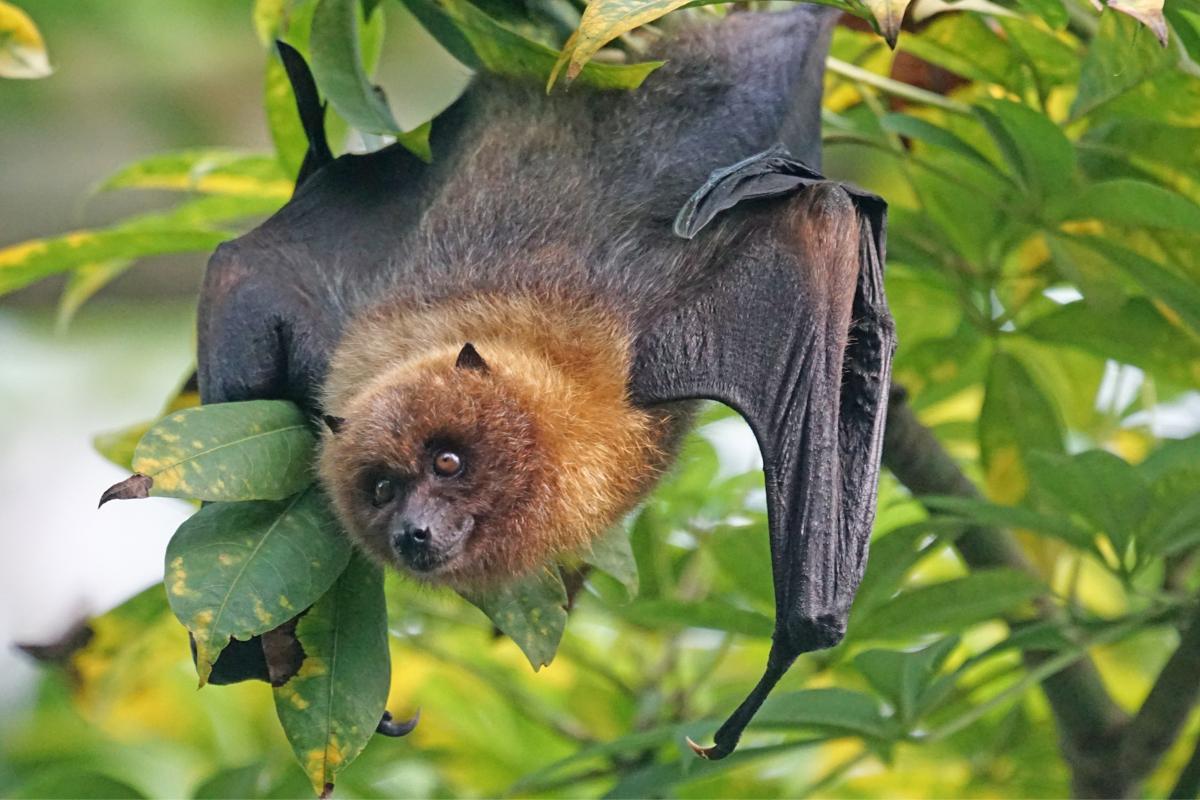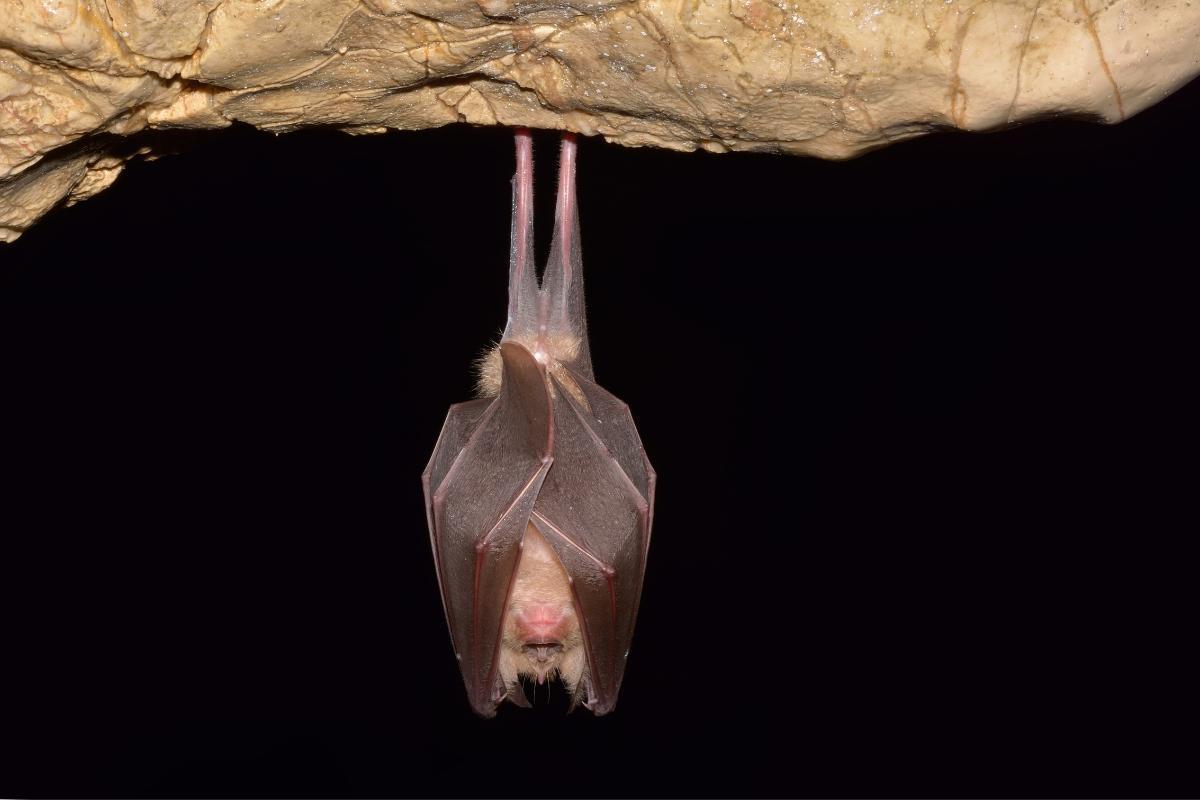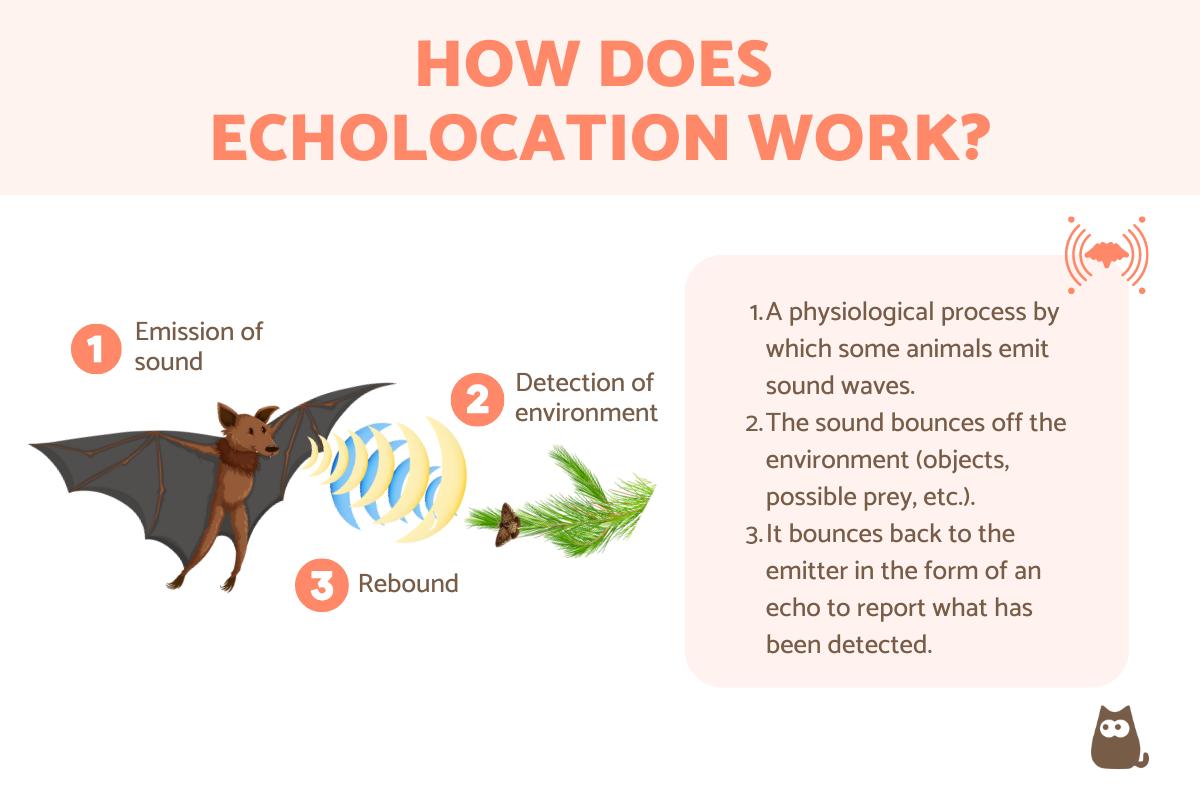Are Bats Really Blind?

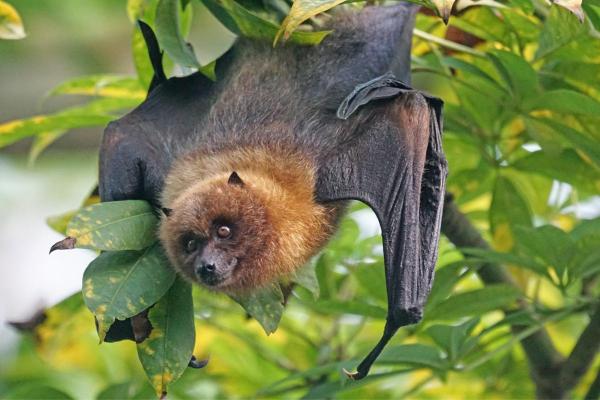
Bats have always been a bit of a mystery, often thought of as completely blind animals that rely only on their sharp hearing to get around in the dark. Phrases like “blind as a bat” make us believe they can’t see at all, but this isn’t true! Most bats can see, and some even have excellent night vision.
This AnimalWised article explores whether bats are really blind, explains the science behind how they see, and reveals how they use both their vision and hearing to navigate.
Are all bats really blind?
Bats are not blind, despite the common myth. They have functional eyes and can see. Their ability to navigate and hunt in the dark using echolocation often overshadows their vision.
Bats use this biological sonar system to emit high-frequency sounds and interpret the echoes. This helps them understand their surroundings, especially in low-light conditions and when hunting small prey.
The visual abilities of bats vary by species and their environment. For example, fruit bats (Pteropus spp.) have good color vision, which helps them find ripe fruit. On the other hand, insect-eating bats rely more on echolocation but also use their sight to aid in hunting and navigation.
Why does everyone say “blind as a bat”?
The phrase "blind as a bat" is a common idiom that describes someone with very poor eyesight. However, this saying is based on a misconception.
As we have explained, while bats do rely heavily on echolocation for navigation and hunting, they are not completely blind. The origin of this idiom is unclear, but it's likely rooted in the observation of bats flying erratically in the dark.
Did you know that bat reproduction involves some interesting behaviors? Find out more about their mating habits in this other article.
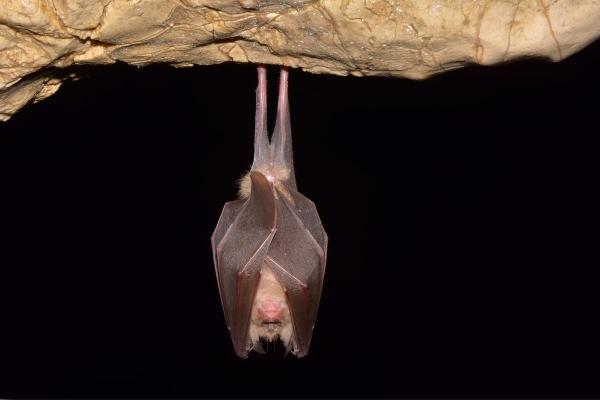
How do bat eyes actually work?
Bat eyes may not be as large as those of some other mammals, but they are well-suited for their nighttime habits. It is true that the small size of their eyes can lead to a reduced visual field and lower visual acuity. However, their retinas contain a high density of rod cells, making them highly sensitive to low light. This adaptation allows bats to see effectively in dim conditions.
Insectivorous bats, which often hunt in complete darkness, have even smaller eyes with a higher density of rod cells. These rod cells are sensitive to low light levels, allowing these bats to see in dim conditions, though their vision is primarily used for detecting motion and shapes.
In contrast, fruit bats have larger eyes with a higher proportion of cone cells, which are responsible for color vision. This adaptation allows fruit bats to distinguish between different colors and shades of fruit, helping them locate their food.
Many bat species also have limited color vision or are entirely colorblind, focusing instead on detecting shapes, motion, and contrast in low-light environments.
Interestingly, bats also excel at detecting motion, which is crucial for capturing prey and avoiding obstacles while flying. Although their visual acuity isn't as sharp as humans, bats can still recognize shapes and patterns, aiding in their ability to find food and interact socially.
Can bats see in complete darkness?
No, bats cannot see in complete darkness. However, they can navigate in complete darkness with remarkable accuracy using echolocation, even in the absence of any light.
How does bat vision compare to other animals?
Bat vision is functional but generally less acute than that of many diurnal animals. While adapted to low-light conditions, bats primarily rely on echolocation for navigation and hunting.
Diurnal animals like humans and birds have excellent color vision and high visual acuity, allowing them to see fine details in bright light. Nocturnal animals, however, have strong night vision but often limited color vision. As mentioned earlier, bat's eyes mainly detect motion and shapes.
Did you know that bats play a role in local ecosystems? Discover how they interact with people and pets.
How do bats use echolocation?
As we have said, most bats use echolocation, a sophisticated sound navigation system.
Echolocation allows bats to perceive their surroundings using sound. Bats emit high-frequency sound pulses from their mouths or noses. These sound waves travel through the air and bounce off objects. The returning echoes are picked up by the bat's sensitive ears.
The bat’s brain then processes these echoes to create a detailed acoustic image of its environment. This incredible ability enables bats to navigate complex environments, avoid obstacles, and locate prey with astonishing precision, even in complete darkness.
Many bat species use a combination of echolocation and vision to navigate. They rely on echolocation in complete darkness, but switch to vision when there is sufficient light. This approach enhances their ability to adapt to various environments and hunting strategies.
Is artificial light harmful to bat vision?
Yes, artificial light can harm bat vision. Brightness can reduce the effectiveness of echolocation, making navigation and hunting more difficult. Additionally, artificial light can disturb bats in their roosts, reducing reproductive success. It can even disorient migrating bats, causing them to stray from normal flight paths.
Explore how various creatures use sound for navigation and hunting in our detailed look at echolocation in the animal kingdom.
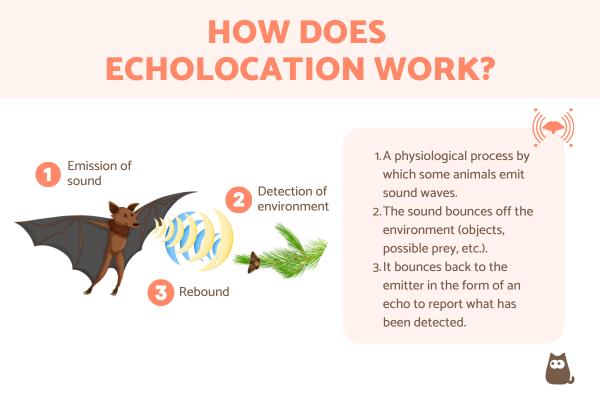
If you want to read similar articles to Are Bats Really Blind?, we recommend you visit our Facts about the animal kingdom category.
- Berger, M. (2023). How do bats see in the dark? SCHOLASTIC INC.
- Gorresen, P.M., Cryan, P.M., Dalton, D.C., Wolf, S., & Bonaccorso, F.J. (2015). Ultraviolet vision may be widespread in bats . Acta Chiropterologica, 17(1), 193-198.
- Montiani-Ferreira, F., Plummer, C.E., & Adkins, E. (2022). Ophthalmology of Chiroptera: bats . In Wild and Exotic Animal Ophthalmology: Volume 2: Mammals (pp. 341-354). Cham: Springer International Publishing.
- Müller, B., Glösmann, M., Peichl, L., Knop, G.C., Hagemann, C., & Ammermüller, J. (2009). Bat eyes have ultraviolet-sensitive cone photoreceptors . PloS one, 4(7), e6390.
- Suthers, R. A., & Wallis, N. E. (1970). Optics of the eyes of echolocating bats. Vision Research, 10(11), 1165-1173.





